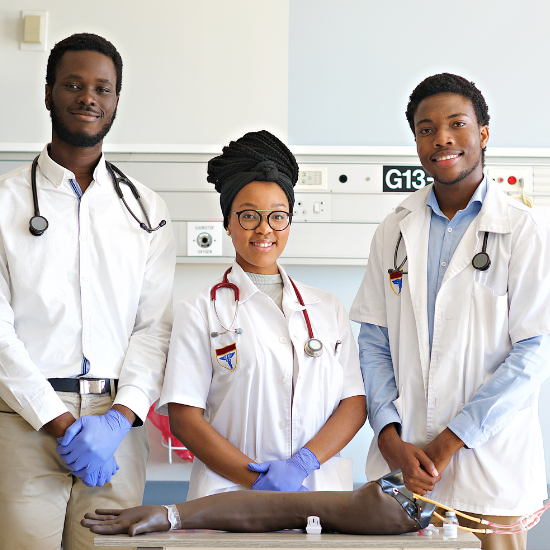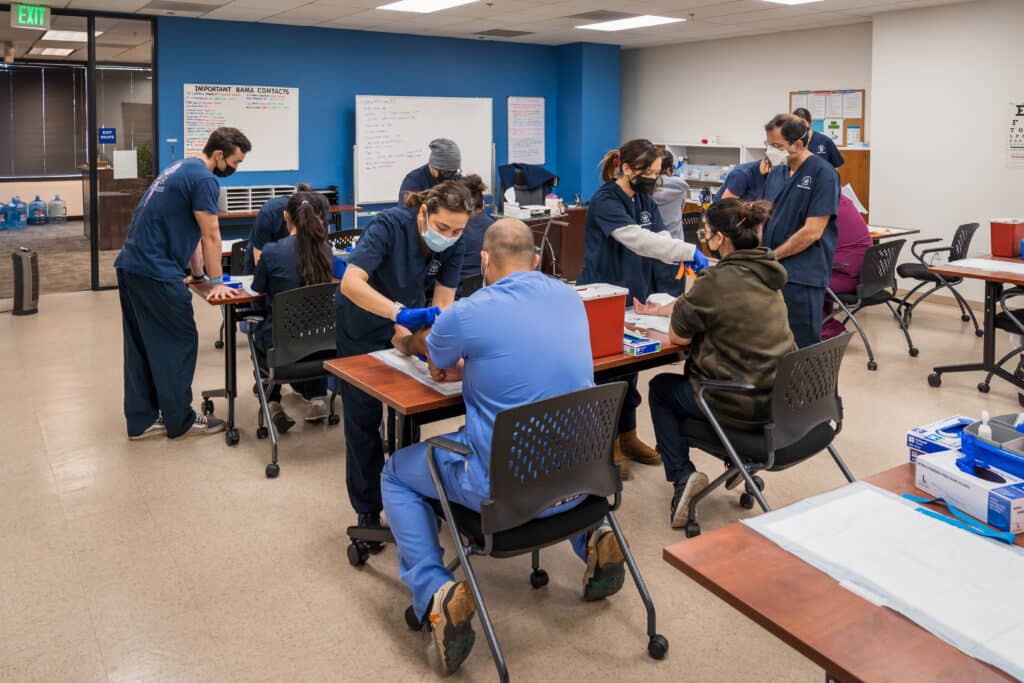Top Guidelines Of Northeast Medical Institute - New Haven Campus Phlebotomy Course & Cna Class
Top Guidelines Of Northeast Medical Institute - New Haven Campus Phlebotomy Course & Cna Class
Blog Article
What Does Northeast Medical Institute - New Haven Campus Phlebotomy Course & Cna Class Mean?
Table of ContentsThe Best Strategy To Use For Northeast Medical Institute - New Haven Campus Phlebotomy Course & Cna ClassThe smart Trick of Northeast Medical Institute - New Haven Campus Phlebotomy Course & Cna Class That Nobody is DiscussingHow Northeast Medical Institute - New Haven Campus Phlebotomy Course & Cna Class can Save You Time, Stress, and Money.The smart Trick of Northeast Medical Institute - New Haven Campus Phlebotomy Course & Cna Class That Nobody is Talking AboutThe Main Principles Of Northeast Medical Institute - New Haven Campus Phlebotomy Course & Cna Class Excitement About Northeast Medical Institute - New Haven Campus Phlebotomy Course & Cna Class
The usage of such gadgets need to be come with by other infection avoidance and control methods, and training in their use. Not all security gadgets are applicable to phlebotomy. Prior to picking a safety-engineered tool, users should extensively check out readily available tools to establish their appropriate use, compatibility with existing phlebotomy methods, and efficacy in securing personnel and individuals (12, 33).For settings with reduced sources, expense is a driving consider purchase of safety-engineered gadgets - PCT Courses. Where safety-engineered tools are not readily available, skilled use of a needle and syringe serves. Accidental direct exposure and particular details concerning a case should be recorded in a register. Assistance services need to be advertised for those who undertake unintended exposure.
labelling); transport conditions; analysis of outcomes for clinical monitoring. In an outpatient division or center, give a dedicated phlebotomy cubicle containing: a tidy surface area with 2 chairs (one for the phlebotomist and the other for the person); a hand laundry basin with soap, running water and paper towels; alcohol hand rub. In the blood-sampling area for an outpatient division or center, supply a comfortable reclining couch with an arm rest.
Northeast Medical Institute - New Haven Campus Phlebotomy Course & Cna Class for Dummies
Make sure that the indicators for blood sampling are plainly defined, either in a written procedure or in recorded guidelines (e.g. in a lab kind). In all times, follow the techniques for infection prevention and control listed in Table 2.2. Infection avoidance and control practices. Accumulate all the equipment needed for the treatment and location it within risk-free and easy reach on a tray or cart, guaranteeing that all the things are clearly visible.
Present yourself to the client, and ask the person to state their full name. Inspect that the research laboratory form matches the individual's identification (i.e. match the patient's details with the research laboratory type, to ensure exact identification).
Make the individual comfy in a supine setting (preferably). Area a tidy paper or towel under the patient's arm. Discuss the test to be carried out (see Annex F) and acquire spoken authorization. The person has a right to reject an examination at any moment before the blood sampling, so it is very important to guarantee that the person has understood the procedure.
Not known Facts About Northeast Medical Institute - New Haven Campus Phlebotomy Course & Cna Class
Extend the patient's arm and check the antecubital fossa or forearm. Locate a blood vessel of a great dimension that shows up, straight and clear. The diagram in Area 2.3, reveals typical positions of the vessels, however numerous variants are feasible. The average cubital blood vessel lies in between muscles and is normally one of the most easy to pierce.
DO NOT place the needle where capillaries are drawing away, since this enhances the possibility of a haematoma. Locating the vein will help in identifying the right size of needle.
Haemolysis, contamination and existence of intravenous fluid and medicine can all modify the outcomes (39. Nursing staff and doctors may access central venous lines for specimens complying with methods. However, samplings from central lines lug a danger of contamination or incorrect laboratory test results (https://www.pubpub.org/user/marvin-gordon). It is acceptable, but not optimal, to attract blood samplings when initial presenting an in-dwelling venous gadget, prior to attaching the cannula to the intravenous fluids.
Northeast Medical Institute - New Haven Campus Phlebotomy Course & Cna Class Things To Know Before You Get This
Allow the location to dry. Failure to allow enough get in touch with time enhances the danger of contamination. DO NOT touch the cleaned up site; in certain, DO NOT place a finger over the blood vessel to assist the shaft of the revealed needle. It the site is touched, repeat the sanitation. Perform venepuncture as adheres to.
Ask the client to form a fist so the blood vessels are more famous. Get in the blood vessel swiftly at a 30 degree angle or much less, and proceed to introduce the needle along the blood vessel at the easiest angle of entrance - CNA Classes. When enough blood has actually been accumulated, launch the tourniquet prior to taking out the needle
The 5-Second Trick For Northeast Medical Institute - New Haven Campus Phlebotomy Course & Cna Class
Withdraw the needle carefully and use mild pressure to the website with a clean gauze or completely dry cotton-wool ball. Ask the patient to hold the gauze or cotton woollen in position, with the arm prolonged and raised. Ask the person NOT to flex the arm, since doing so causes a haematoma.

Our Northeast Medical Institute - New Haven Campus Phlebotomy Course & Cna Class Diaries
Where possible, maintain the tubes in a rack and move the shelf towards you - https://on.soundcloud.com/8PazQwmc1WMN1rsXA. If the example tube does not have a rubber stopper, infuse incredibly slowly into the tube as reducing the stress and rate made use of to move the sampling decreases the danger of haemolysis.

Report this page